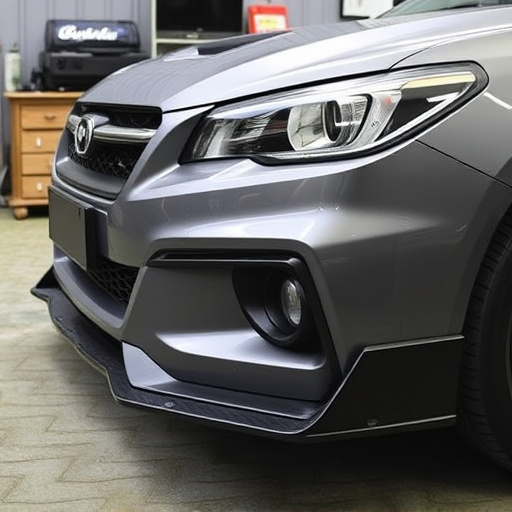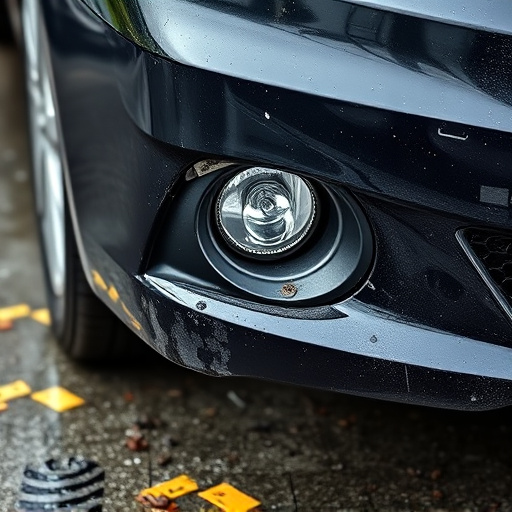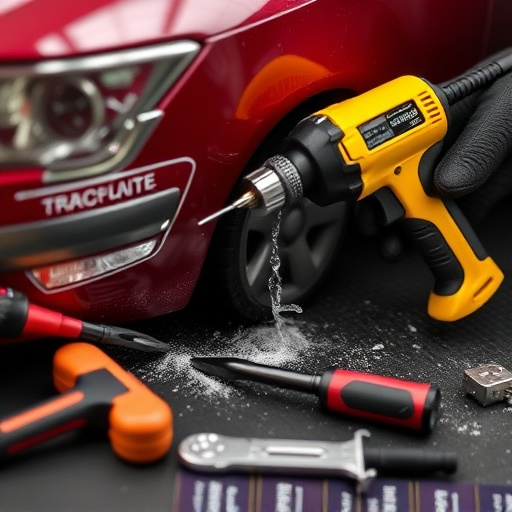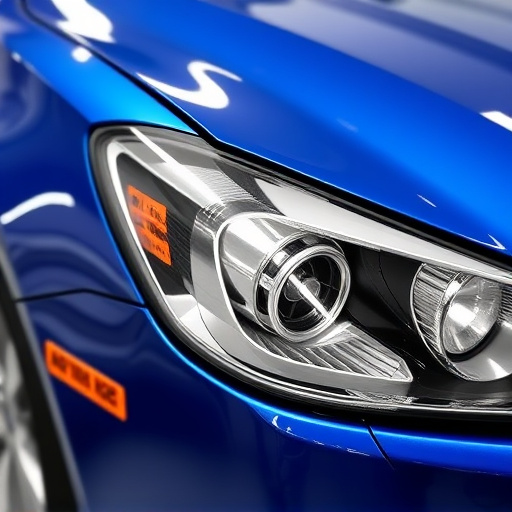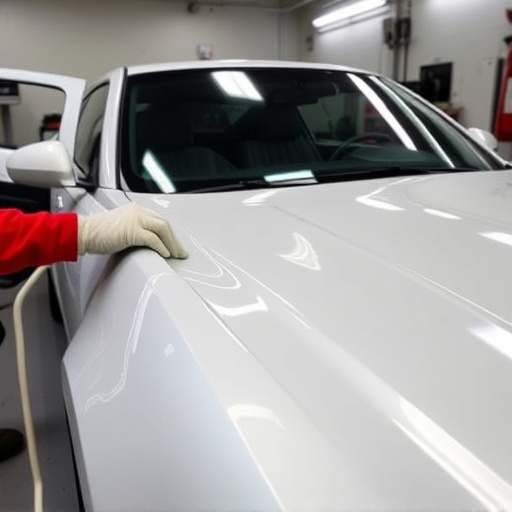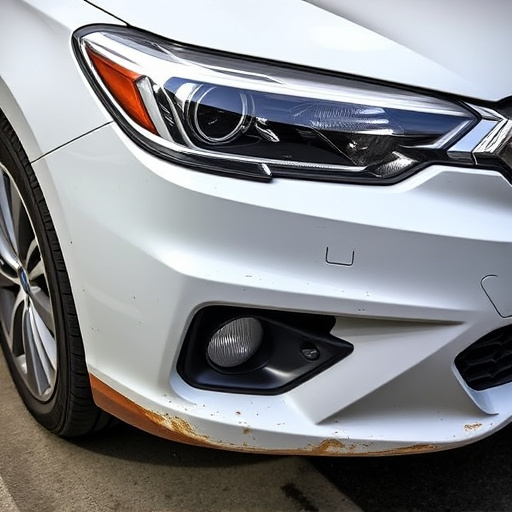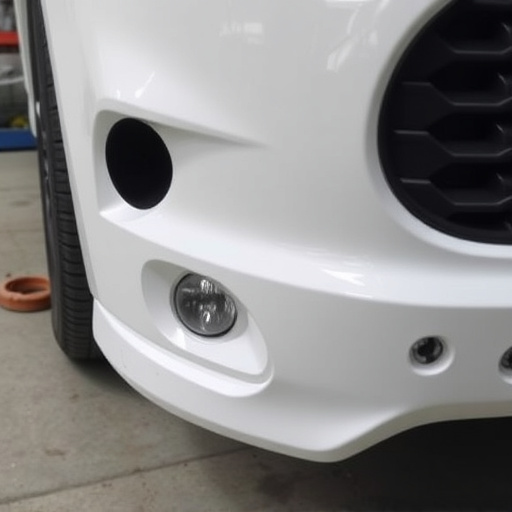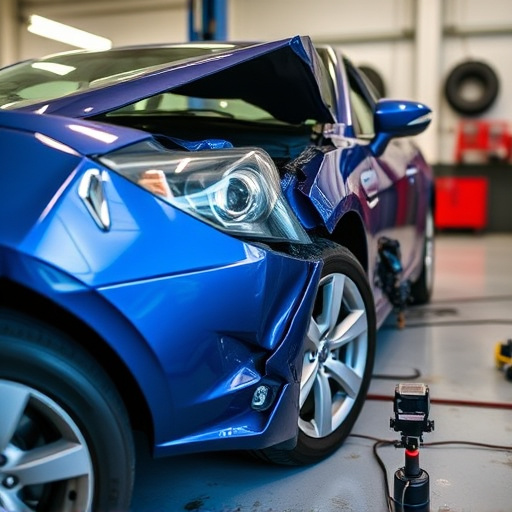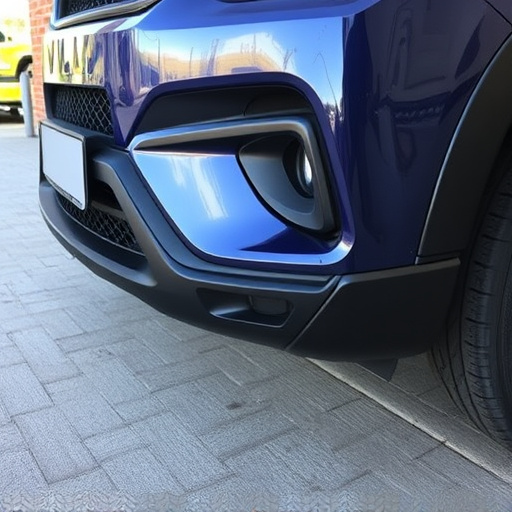Rain sensor glass repair is a specialized service for ADAS sensors affected by environmental factors like rain. The process involves precise alignment, sealing with compatible sealants, and maintaining optical clarity to ensure optimal rain detection. Choosing the right sealant is critical for safety and reliability in various weather conditions, preventing water ingress and future malfunctions. Skilful application of these sealants, free from air bubbles, extends sensor lifespan and accuracy in measuring environmental conditions.
Rain sensor glass repair is a delicate process that requires precision and the right materials. This guide delves into the essential aspects of repairing damaged rain sensors, focusing on the application of compatible sealants for optimal performance. Understanding your device’s specific needs and selecting the appropriate sealant are pivotal steps. By following a systematic approach, you can ensure effective sealing, enhancing the longevity of your device’s rain sensor glass.
- Understanding Rain Sensor Glass Repair Needs
- Choosing Compatible Sealants for Optimal Results
- Step-by-Step Guide to Effective Sensor Sealing
Understanding Rain Sensor Glass Repair Needs
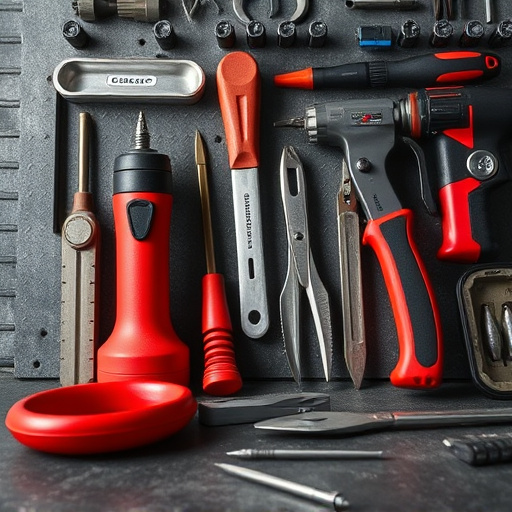
Rain sensor glass repair is a specialized process that addresses unique challenges posed by modern automotive sensors. These sensors play a vital role in advanced driver-assistance systems (ADAS), ensuring vehicles can detect and respond to adverse weather conditions, particularly rain. Over time, the glass components of these sensors can degrade or become damaged due to exposure to elements, leading to reduced sensitivity and functionality.
Understanding the specific needs of rain sensor glass repair involves recognizing that these components require precise alignment and sealing to maintain their effectiveness. Unlike conventional car body restoration or fender repair, the focus here is on preserving the optical clarity and structural integrity of the sensor’s glass. This includes selecting compatible sealants that can withstand environmental stress without compromising the sensor’s performance, ensuring a seamless and accurate fit for optimal rain detection capabilities.
Choosing Compatible Sealants for Optimal Results
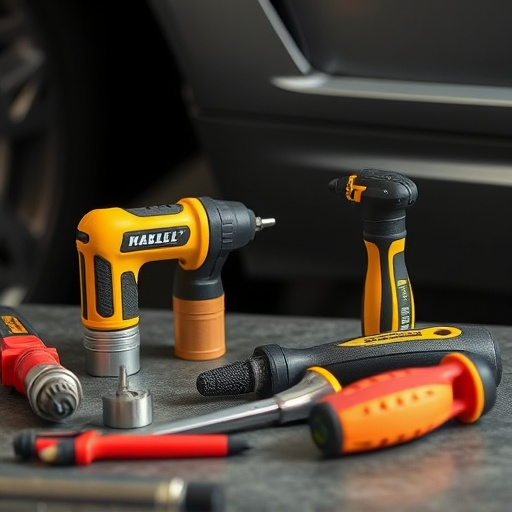
When undertaking a rain sensor glass repair, selecting the right sealant is paramount to achieving optimal results. In the realm of car paint services and collision repair, compatibility becomes even more critical. Ensure that the sealant chosen is specifically designed for use with rain sensors, as these components require unique protection against moisture intrusion without compromising their functionality.
In contrast to general adhesives or sealants, those tailored for sensor repairs offer enhanced durability and resistance to environmental factors, such as varying temperatures and UV exposure. This ensures longevity of the repair, preventing future issues like sensor malfunction due to water ingress, a common problem that can arise from subpar sealing solutions. Remember that a successful rain sensor glass repair hinges not just on the initial application but also on selecting the most suitable sealant for the job, thus guaranteeing both safety and reliability in all weather conditions.
Step-by-Step Guide to Effective Sensor Sealing
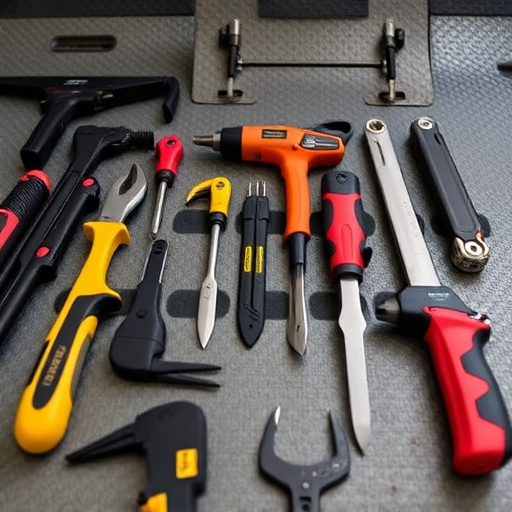
Sealing sensors is a delicate process that requires precision and the right materials to ensure longevity and accurate readings. Here’s a step-by-step guide to effectively sealing sensors, particularly focusing on rain sensor glass repair:
1. Preparation: Before applying any sealant, thoroughly clean the area around the sensor. Remove any debris or residue with a soft cloth and isopropyl alcohol. Ensure the surface is dry before proceeding. This step is crucial for achieving a strong bond between the sealant and the sensor. In the case of a car paint services or vehicle body shop, carefully assess if the surrounding paint needs to be touched up or restored; this will maintain the aesthetic integrity of your repair.
2. Select Compatible Sealant: Choose a sealant specifically designed for weather sensors to ensure it can withstand environmental conditions. Apply a thin layer of the sealant onto the sensor and spread it evenly using a small spatula or applicator. Ensure no air bubbles are trapped beneath the sealant as this could compromise the sensor’s functionality. The right choice will make all the difference in the success of your rain sensor glass repair, guaranteeing its longevity and accuracy.
In conclusion, successfully repairing a rain sensor glass requires understanding specific needs, selecting compatible sealants, and following precise steps. By adhering to these guidelines, you can achieve optimal results in your rain sensor glass repair, ensuring enhanced functionality and longevity for your device.
